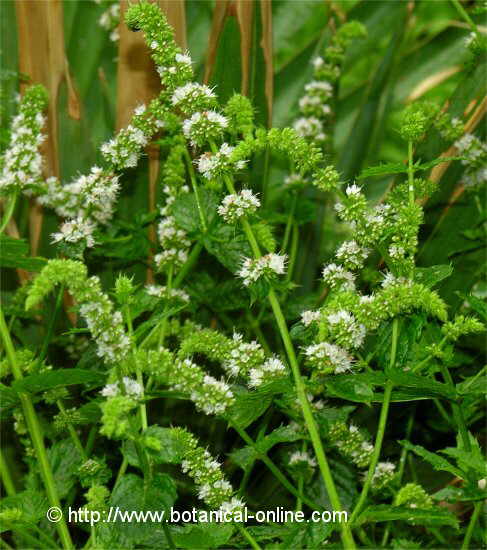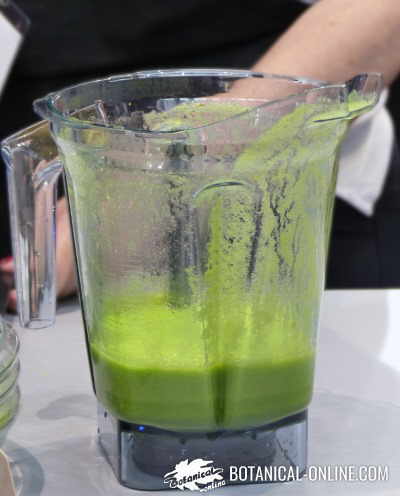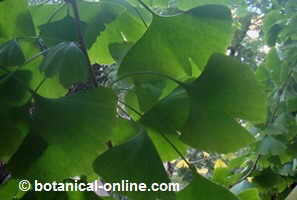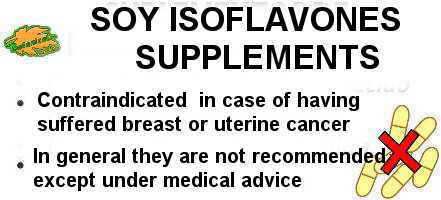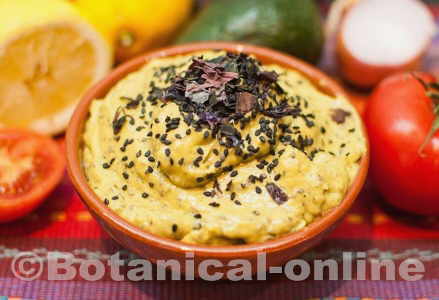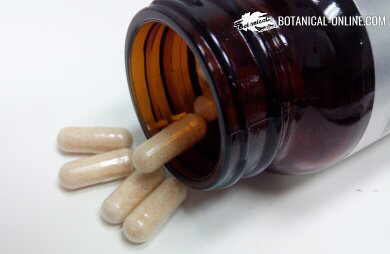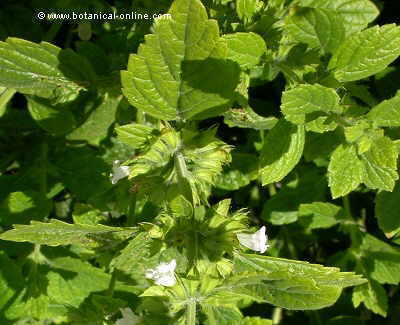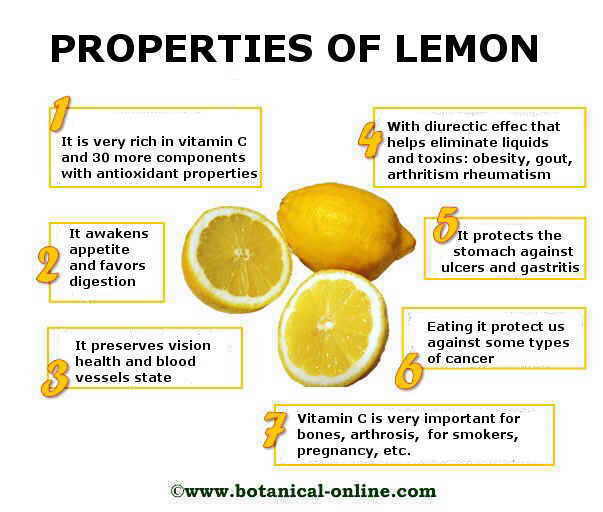Contents
HOW TO PLANT A FRUIT TREE
SUITABLE TECHNIQUES FOR PLANTING TREES
Preparation stage
Before planting a tree we need some previous steps. In this preparation stage, we have to consider some important aspects such as:
Choice of appropriate species and varieties
The choice depends on several factors: the climate of the place (seek to purchase species suitable to climate zone). A very practical way of doing this to consider the rest of trees in the near environment. If we choose a tree that is very abundant in the same area, it will probably fit in well in our garden or yard. If the chosen specimen does not appear in our surroundings, we should better gather information from the web, a good book or go for advice to a specialized center.
Another important factor is the soil composition. For our tree to grow it is important the type of soil to be adequate, although there are techniques to change or improve its composition.
Another issue we have to consider is the size of the selected species or varieties. It makes no sense to plant a big tree in a small space. All fruit trees could be planted in large areas, but in small places we need small rootstocks. Dwarf species will be the most appropriate in principle for medium or small gardens.
If we need a sunny area in our garden to grow vegetables or if we want to plant other plants that need sun, a tree that produces too much shade may be a drawback. The same tree could be very helpful if we want to plant shade species. There are trees that have roots very powerful and could affect other crops by subtracting the moisture or minerals to other plants or even eliminate them by means of the emission of toxins through their roots. This phenomenon, known as allelopathy, occurs in some fruit trees such as walnut, which produces juglone, a compound that inhibits the growth of other plants around it. (See toxicity of walnut)
It is very important to take into account how our tree is positioned. In general, fruit trees prefer sunny, sheltered places. In these conditions, trees produce more fruits and with a better quality. If you have a wall, a fence or a pergola, you can guide your trees on them.
You must be quite sure yourself before choosing the right tree, since the growth of such plants is rather slow compared to other vegetables, and may not be ideal to change it once grown because, for example, it was planted in the wrong site or it has become to big for our small garden. This would entail great expense and considerable delay in the production of fruits.
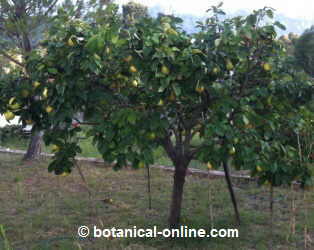
Quince tree
Choice of pollinators
Most of fruit trees need to be pollinated to produce fruits. The pollination of fruit trees is mostly entomophilous, that’s to say, it is done by animals, especially insects, and among these, mostly bees. A few trees are wind pollinated, so they have what is called anemophilous pollination. Organisms that carry the pollen are called pollinators.
Besides the pollinator agents, some trees are also considered pollinators because they provide adequate pollen for other varieties of the same species. If only we use a single tree, it is best to choose those that are self-fertile.
Some trees need cross pollination, that’s to say they need the pollen of other tree of the same species to be pollinated. The trees that need cross pollination should be planted with other varieties of the same species to ensure pollination. This is particularly necessary when planting apples, cherries, plums and pear trees. (More information on pollination in fruit trees in the listing below)
Choice of rootstock
Before planting you need to choose the rootstocks. Rootstocks are the basis on which grafts are set. The grafts are are the buds or stems that, together with the rootstocks, will develop the new fruit tree. When choosing a rootstock, we should have in mind that there are two types:
– Vigorous rootstock, which is used to get free tree shapes. For example, in the case of an apple tree, we can use a M25 for large trees or M7, M9 and M27 for small trees.
– Weak rootstock, which is used to get staked forms or palisades. For example, in the case of apples, patterns M9 or M27 can be used.
Soil preparation
Before planting a tree, it is necessary to prepare the soil properly. This task will take place a year earlier, in spring or autumn. It is important to conduct an analysis of the composition of soil to see if it meets the requirements for the chosen tree.
This is decisive in principle, but soil can be corrected to improve its composition. Soil preparation involves aeration of the same through plowing, that should be superficial to not alter it.
It is also during this time that appropriate fertilizer should be added. A basal dressing, rich in phosphorus and potassium or the addition of manure can improve its composition and promote greater biological wealth.
Purchase of material
Before planting a tree, we buy the right stuff to be planted. For this we can choose one of these possibilities:
– To buy already formed trees: We can choose trees grown for 3 years or more, which will let us advance the production time and save us the task of grafting. The problem of choosing this solution is that formed trees are more difficult to guide, if necessary, and they also are very expensive. An intermediate solution is to buy two year old trees because they can produce fruits very early but still have time to be guided.
– To buy seedlings: a seedling is a very young plant produced from a seed that has been prepared for planting. It is a ” virgin” tree that has not yet been pruned. It usually has an approximate height of 1 meter and one year old. Most seedlings of fruit trees are grafted, although they are much cheaper than the formed trees and they can be guided as we want.
Whether we buy a tree or a seedling, we must go to a trusted center to acquire strong and sanitary certificated samples, implying that they are guaranteed to be disease free. We should be sure to chose the right variety.
Regardless of our choice, when buying trees or seedlings, we should be aware that these can be purchased in containers or bare root. Container trees are available all year.
In the bare root tree we must see that the roots are not dry or broken and that its growth is uniform. If we by a container tree or a root ball tree, we must consider that the roots do not extend below or they are too crowded, also that the soil is not too dry or full of weeds.
– To buy a rootstock: a rootstock is even cheaper and allow us to graft it with the variety of fruit tree we want. It is important for rootstocks to buy them in specialized tree nurseries in order to produce quality trees free of pests and diseases. They can advise us which rootstock is more appropriate in each case.
Rootstocks provide the size, growth rate or resistance to certain diseases. Grafting on them will determine which type of fruits they will produce.
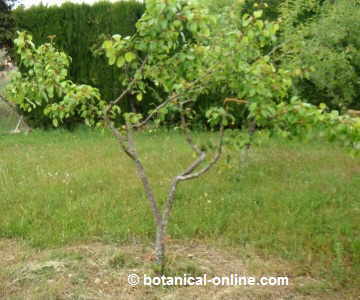
Pear tree
Mark the planting site
Before planting we must mark the spot where the trees should be planted. This planning should take into account the conditions required for each tree to grow and how much space it needs to become a mature tree.
Realization of the “goop”
The goop is a soupy mixture of water and soil. It is used as a wetting liquid that promotes the development of roots in fruit trees that are planted on “bare root”.
To do it, we will fill half a container a container with water and we will pour some soil in it until a creamy paste is obtained. We will introduce the roots of the seedlings in it. This process is not necessary but, if carried out, it promotes the rooting of new trees especially those that are planted late.
– More information about how to plant a tree:
– How to plant a bare root fruit tree
– How to plant a root ball tree
![]() More information about fruit trees.
More information about fruit trees.

